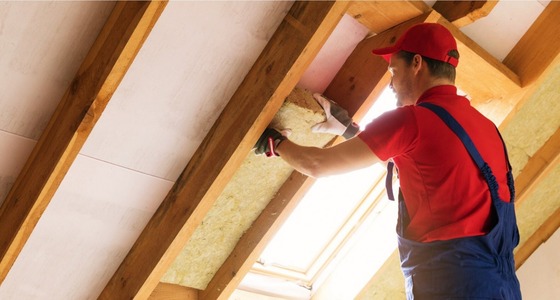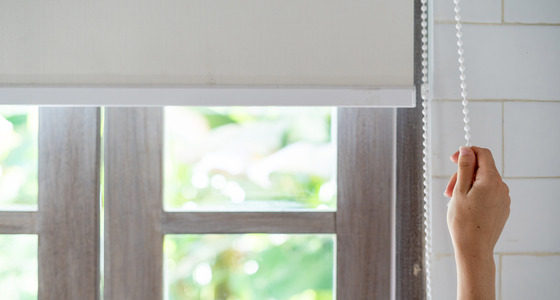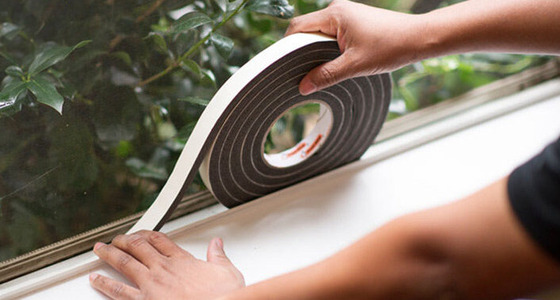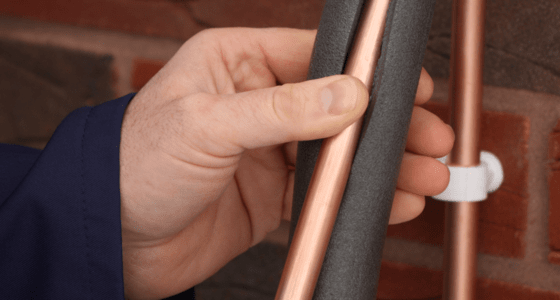Upgrade insulation for warmer winters and cooler summers
Improving the insulation in your home is a significant way to save energy and improve comfort, all year 'round.
On this page:
- Why insulation matters
- Considerations for upgrading insulation
- Hiring an insulation contractor
- Rebates for insulation
Why insulation matters
Insulation is one of two core components of your home's building envelope, along with your windows. Strengthening your building envelope is the smartest investment you can make to improve your whole home's energy efficiency, because it's your best defence against the effects of outdoor air in the winter and the summer.
Upgrading your insulation means your heating and cooling systems won't need to work nearly as hard to keep you comfortable. With new insulation and a bit of DIY draftproofing, you can expect to save about 10% of your heating and cooling costs, which can be more than $200 per year.
And let's not forget the other big benefit of good insulation: you'll feel far more comfortable at home.
Considerations for upgrading insulation
In a typical home, 45% of the heat loss or gain is through walls, floors and the roof, so insulation upgrades go a long way.
If you've got a drafty home and are thinking about replacing your insulation, take some time to learn about your options.
Types of insulation
- Batt or rolled insulation: Pre-cut, glass fibre, mineral wool or other fibrous insulating material, of varying thicknesses and densities, sized to fit between framing members.
- Loose-fill insulation: Loose-fill insulation is suitable for walls and floors and excellent in attics and enclosed spaces, such as roofs, where the space between the joists may be irregular or cluttered with obstacles.
- Fibreglass insulation: The pink stuff most of us think of when we envision insulation. Easy to install in batts, and also available in loose-fill.
- Mineral fibre insulation: Brownish in colour and also available in batts and loose-fill. Slightly lower R-value but considered more fire resistant and better for soundproofing than fibreglass.
- Cellulose insulation: A loose-fill material, cellulose is a favourite for attics as it's denser than fibreglass or mineral fibre. As loose-fill, it's best installed by a professional.
- Spray foam insulation: A cellular version of spray foam carries the highest R-value per inch, is resistant to mold growth and is often used for attics and exterior walls.
Terms to know
When hiring a contractor, it helps to know a few basic terms around insulation:
- R-value: Insulation's ability to slow the transfer of heat is measured in R-values. The higher the R-value, the better the insulation material is at resisting the flow of heat through it.
- Vents: Openings in various areas of the home to allow for the passage of air and decrease the incidence of moisture buildup year-round. There should be at least two vents per crawlspace, openings in the soffit under the eaves to allow air through the attic and out roof vents, and ridge or gable vents that help ensure the flow of air through the attic.
- IC-rated light fixture: An IC marking on recessed lighting fixtures indicates that it's designed to be safe in direct contact with insulation.
- Ventilation: Creates a positive flow of air that allows the house to "breathe" and helps prevent moisture build-up.
Upgrading your wall insulation or siding is a major project, but even just upgrading the insulation in your attic and crawlspace can make a big difference.
Hiring an insulation contractor
When choosing a contractor for your insulation retrofit, ensure you choose a registered contractor who's qualified for our rebate program. Registered contractors have received additional training for a deeper knowledge of best practices for air sealing and insulation in retrofit projects.
View list of registered contractors
You can rest assured knowing your insulation upgrades are done properly with a registered contractor. Quality contractors also have the expertise to spot other issues – such as mold or water damage – that shouldn't just be covered up by insulation; they should be fixed.
Questions to ask a contractor:
- Do you have references and referrals I can contact?
- What experience do you have with insulation and air sealing?
- What rebates are available for the work we're discussing?
- What kind of training have you completed?
Don't forget to get multiple quotes – we recommend three.
Rebates for insulation
Rebates of up to $5,500 are available for insulation in attics, basements and crawl spaces, exterior wall cavities and more.
As part of the eligibility criteria, remember you can only get rebates if a registered contractor does the work.



